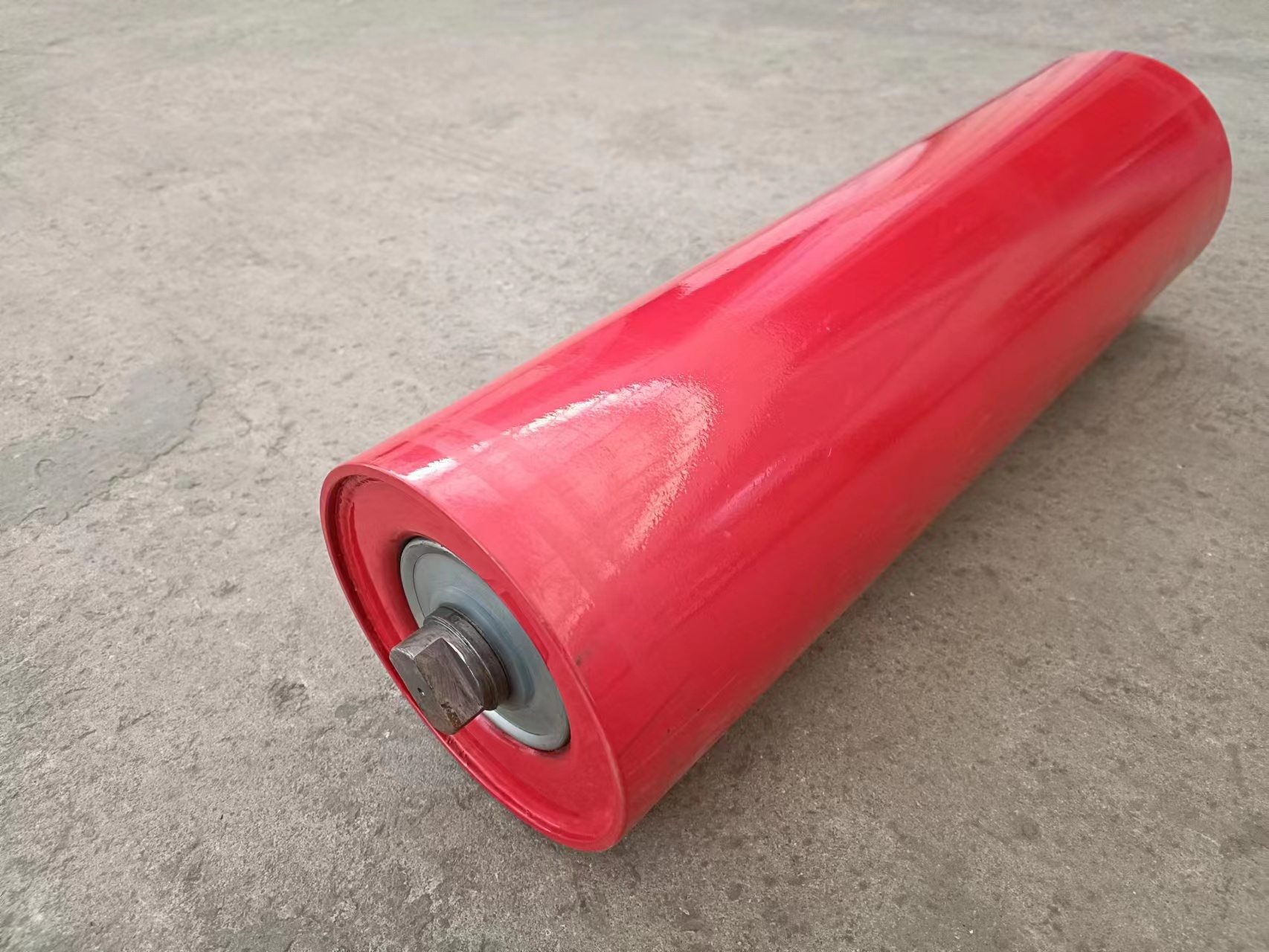 Afrikaans
Afrikaans  Albanian
Albanian  Amharic
Amharic  Arabic
Arabic  Armenian
Armenian  Azerbaijani
Azerbaijani  Basque
Basque  Belarusian
Belarusian  Bengali
Bengali  Bosnian
Bosnian  Bulgarian
Bulgarian  Catalan
Catalan  Cebuano
Cebuano  Corsican
Corsican  Croatian
Croatian  Czech
Czech  Danish
Danish  Dutch
Dutch  English
English  Esperanto
Esperanto  Estonian
Estonian  Finnish
Finnish  French
French  Frisian
Frisian  Galician
Galician  Georgian
Georgian  German
German  Greek
Greek  Gujarati
Gujarati  Haitian Creole
Haitian Creole  hausa
hausa  hawaiian
hawaiian  Hebrew
Hebrew  Hindi
Hindi  Miao
Miao  Hungarian
Hungarian  Icelandic
Icelandic  igbo
igbo  Indonesian
Indonesian  irish
irish  Italian
Italian  Japanese
Japanese  Javanese
Javanese  Kannada
Kannada  kazakh
kazakh  Khmer
Khmer  Rwandese
Rwandese  Korean
Korean  Kurdish
Kurdish  Kyrgyz
Kyrgyz  Lao
Lao  Latin
Latin  Latvian
Latvian  Lithuanian
Lithuanian  Luxembourgish
Luxembourgish  Macedonian
Macedonian  Malgashi
Malgashi  Malay
Malay  Malayalam
Malayalam  Maltese
Maltese  Maori
Maori  Marathi
Marathi  Mongolian
Mongolian  Myanmar
Myanmar  Nepali
Nepali  Norwegian
Norwegian  Norwegian
Norwegian  Occitan
Occitan  Pashto
Pashto  Persian
Persian  Polish
Polish  Portuguese
Portuguese  Punjabi
Punjabi  Romanian
Romanian  Russian
Russian  Samoan
Samoan  Scottish Gaelic
Scottish Gaelic  Serbian
Serbian  Sesotho
Sesotho  Shona
Shona  Sindhi
Sindhi  Sinhala
Sinhala  Slovak
Slovak  Slovenian
Slovenian  Somali
Somali  Spanish
Spanish  Sundanese
Sundanese  Swahili
Swahili  Swedish
Swedish  Tagalog
Tagalog  Tajik
Tajik  Tamil
Tamil  Tatar
Tatar  Telugu
Telugu  Thai
Thai  Turkish
Turkish  Turkmen
Turkmen  Ukrainian
Ukrainian  Urdu
Urdu  Uighur
Uighur  Uzbek
Uzbek  Vietnamese
Vietnamese  Welsh
Welsh  Bantu
Bantu  Yiddish
Yiddish  Yoruba
Yoruba  Zulu
Zulu pulley in conveyor belt
Understanding the Role of Pulleys in Conveyor Belt Systems
Conveyor belts are an essential component of various industries, including manufacturing, mining, and logistics. They are designed to transport materials efficiently from one point to another, enhancing productivity and streamlining operations. At the heart of every conveyor belt system lie pulleys, which play a pivotal role in its function and efficiency.
What are Pulleys?
Pulleys are simple machines that consist of a wheel on an axle or shaft designed to support movement and change the direction of force. In conveyor belt systems, pulleys are used to guide the belt and facilitate its movement. Typically, there are two main types of pulleys used in these systems drive pulleys and idler pulleys.
1. Drive Pulleys These are powered by a motor and are responsible for moving the conveyor belt. The drive pulley generates the necessary tension and friction to propel the belt forward. The design and materials used for drive pulleys are crucial for ensuring proper grip and minimizing slippage, which can lead to inefficiencies.
2. Idler Pulleys Unlike drive pulleys, idler pulleys are not powered. Instead, they help support the belt, maintain its tension, and guide it along its intended path. Idler pulleys are essential for reducing wear and tear on the conveyor belt, thus extending its lifespan and ensuring smooth operation.
Importance of Pulley Design
The design of pulleys in conveyor belt systems greatly influences their performance. Key factors include
- Material Strength Pulleys must be made from materials that can withstand heavy loads and resist wear over time
. Typically, steel or high-strength plastics are utilized for this purpose.pulley in conveyor belt

- Diameter The diameter of the pulley affects the tension of the belt and influences the overall efficiency of the system. Larger pulleys can reduce wear and tear on the belt, while smaller pulleys may increase the speed.
- Groove Type The groove design on the pulley is crucial for the belt's grip. Different belts may require different types of grooves, whether they be V-shaped, flat, or custom-designed to accommodate specific materials.
Maintenance Considerations
Regular maintenance of pulleys is vital to ensure the long-term functionality of conveyor belt systems. This includes
- Inspections Routine checks for wear, alignment, and damage are essential. Misalignment can cause undue stress on the belt, leading to premature failure.
- Lubrication Keeping bearings and moving parts lubricated minimizes friction and wear, enhancing the overall efficiency of the system.
- Tension Adjustment Maintaining the correct tension in the belt is crucial. Too much tension can lead to increased wear, while too little can cause slippage.
Conclusion
Pulleys are integral to the operation of conveyor belt systems, facilitating the movement of materials in a wide range of industries. Their design, material, and proper maintenance significantly influence the efficiency and longevity of conveyor systems. Understanding the role of pulleys helps operators optimize their conveyor belts for improved performance and reduced operational costs. By prioritizing the selection and maintenance of pulleys, industries can ensure their conveyor belt systems run smoothly and effectively, maximizing productivity and minimizing downtime.
-
Revolutionizing Conveyor Reliability with Advanced Rubber Lagging PulleysNewsJul.22,2025
-
Powering Precision and Durability with Expert Manufacturers of Conveyor ComponentsNewsJul.22,2025
-
Optimizing Conveyor Systems with Advanced Conveyor AccessoriesNewsJul.22,2025
-
Maximize Conveyor Efficiency with Quality Conveyor Idler PulleysNewsJul.22,2025
-
Future-Proof Your Conveyor System with High-Performance Polyurethane RollerNewsJul.22,2025
-
Driving Efficiency Forward with Quality Idlers and RollersNewsJul.22,2025





























